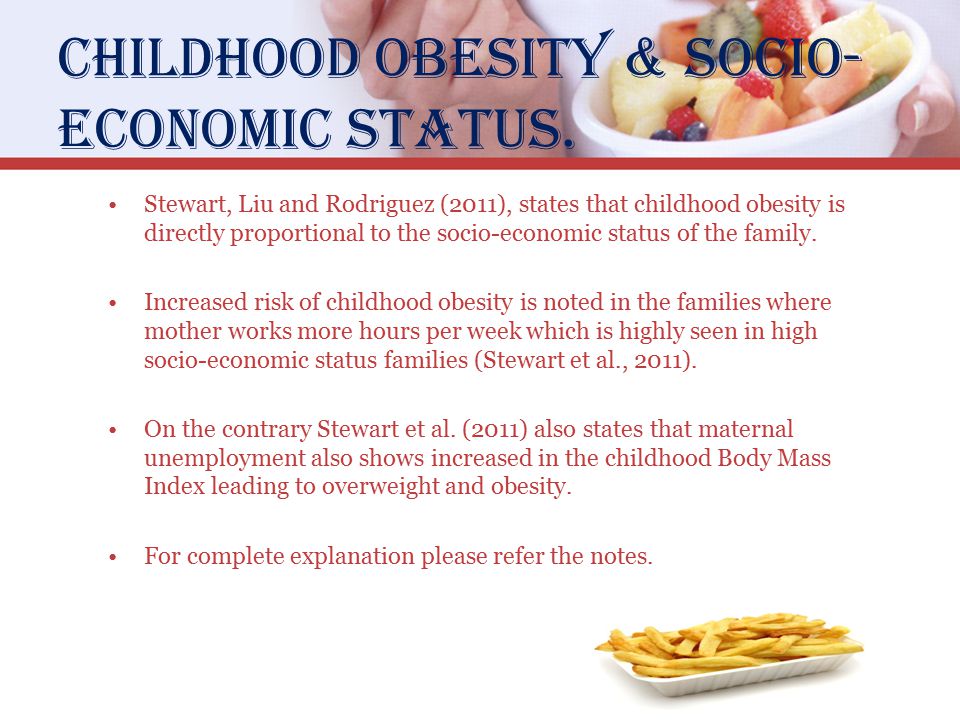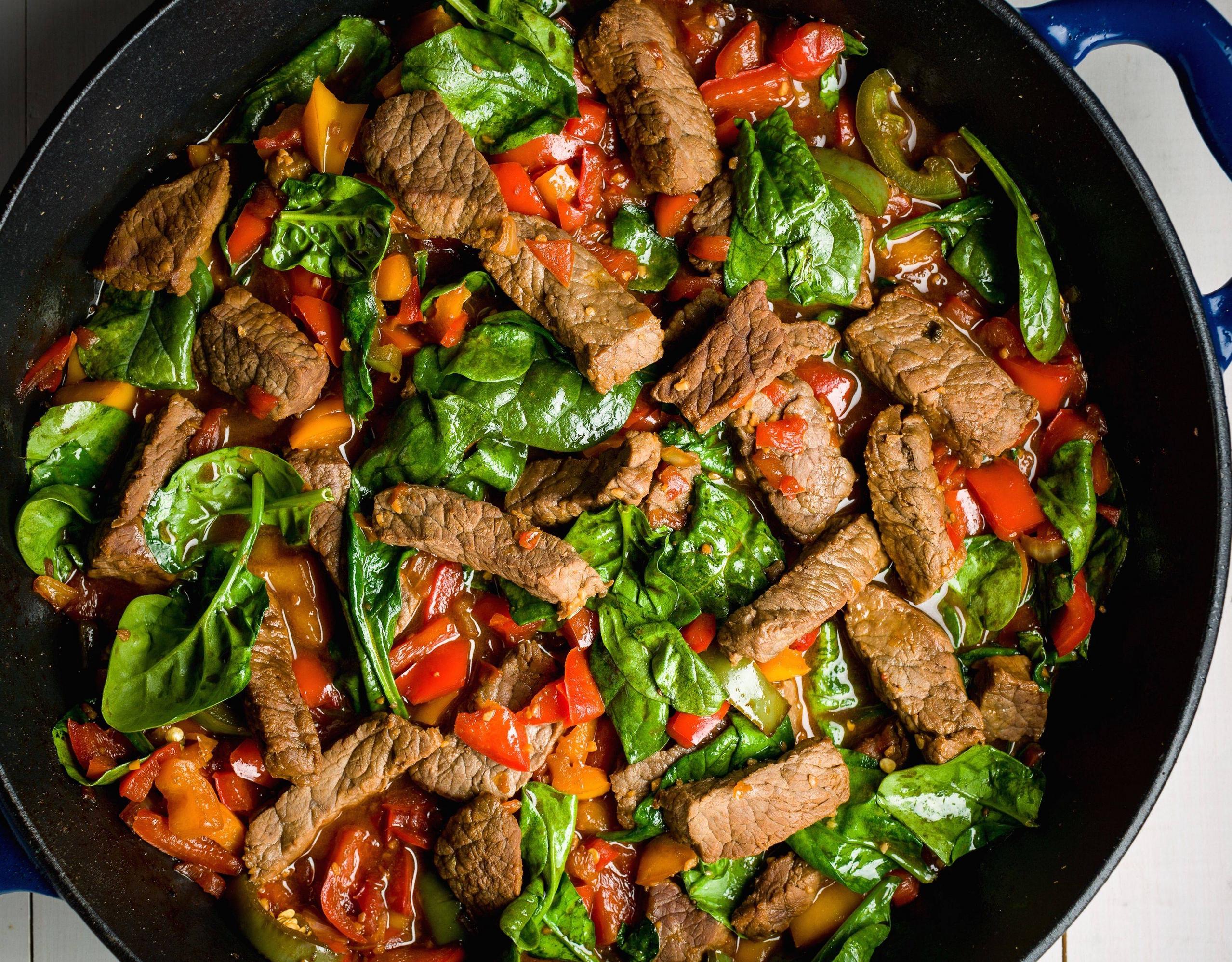
Feeding your toddler can seem difficult. Here are some tips to help feed your child. The first step is to avoid overfeeding. Make sure you offer your child two options of food. One that is healthy and the other that's less healthy. You can reduce the chances of food getting lost or damaged by preparing meals in advance. Once you have mastered toddler food, you can allow your child to take over the cooking.
You may find your child not hungry at mealtimes. However, you can gauge their appetite by watching them over several days. While you might find that your child doesn't eat as much as you think, they may be hungry more the next day. Keep trying new foods until your children eat more. Participate in the preparation of meals with your child if you can. It will make mealtimes more enjoyable.

It is vital to ensure your toddler gets all the nutrients that they need in order to be healthy. Although they might not enjoy all foods, they need to eat certain amounts of carbs and protein. It will be more fun to feed your toddler a variety. You should expose your toddler to fruits, vegetables and whole grains. For protein, ensure your child is getting enough meat and eggs. You may consider restricting dairy products to low-fat and no-fat depending on the age of your child. Offering a variety of food options is a great way to encourage your child to eat healthily and it can also help him or her become independent.
Don't forget to mention that toddlers can be picky eaters when it comes to food. This is a normal stage and it is important that they don't get in the way of your wishes. They're still developing, and they won't like everything you serve them. To encourage healthy eating habits in your child, make sure you only serve small portions. You will find that your child enjoys a smaller portion of food.
Next, you can give your toddler some control over what food they eat. You shouldn't make your child eat every item on their plate. It is up to you to let him decide. This will teach him how to make healthy eating choices and to avoid overeating. There will be phases in your toddler's eating habits. This is the time when you should offer your toddler healthy options that are appealing to him/her. Then, you should gradually introduce new foods.

Your child will be able to learn to keep a schedule and balance his/her activities. When you offer food, you can reward your child for eating at regular intervals. You can also encourage your child eat healthier foods. To encourage your child to eat more, you might offer snacks between meals. You can teach your child how to balance activity and food.
FAQ
What is the most healthful lifestyle?
The healthiest lifestyle to live is one where you eat healthy food, exercise regularly, sleep well, and avoid stress. These are the keys to a healthy and long-lasting life.
Small changes to your diet or exercise routine can help you start losing weight. To lose weight, you can start walking for 30 mins each day. For more activity, you can try swimming or dancing. A Fitbit or Strava online program that tracks your activity can be joined.
What are 7 tips for a healthy and happy life?
-
Make sure you eat right
-
Exercise regularly
-
Sleep well
-
Get plenty of water.
-
Get enough rest
-
Be happy
-
Smile often
How can I live my best life everyday?
Find out what makes YOU happy. This is the first step in living a life that you love. Once you know what makes you happy, you can work backwards from there. You can also inquire about the lives of others.
Dr. Wayne Dyer's book "How to Live Your Best Life" is also available. He talks about finding happiness and fulfillment in all aspects of our lives.
Statistics
- This article received 11 testimonials and 86% of readers who voted found it helpful, earning it our reader-approved status. (wikihow.com)
- WHO recommends consuming less than 5% of total energy intake for additional health benefits. (who.int)
- nutrients.[17]X Research sourceWhole grains to try include: 100% whole wheat pasta and bread, brown rice, whole grain oats, farro, millet, quinoa, and barley. (wikihow.com)
- According to the 2020 Dietary Guidelines for Americans, a balanced diet high in fruits and vegetables, lean protein, low-fat dairy and whole grains is needed for optimal energy. (mayoclinichealthsystem.org)
External Links
How To
What does the word "vitamin" mean?
Vitamins are organic compounds found naturally in food. Vitamins are necessary for us to absorb nutrients in the foods we consume. The body cannot make vitamins; therefore, they must be obtained from food.
There are two types of vitamins: water soluble and fat soluble. Water-soluble vitamins dissolve easily when they are dissolved in water. Some examples include vitamin C,B1 and B2 vitamins (thiamine), B2 and riboflavin, B3 and B6 vitamins (niacin), folic acids, biotin, pantothenic acids, and cholesterol. Fat soluble vitamins are stored in the liver and fatty tissue. Examples include vitamin D, E, K, A, and beta carotene.
Vitamins are classified based on their biological activity. There are eight major vitamin groups:
-
A - Vital for normal growth and maintaining good health.
-
C - essential for nerve function and energy generation.
-
D - essential for healthy bones, teeth, and gums.
-
E - Required for good vision & reproduction
-
K - essential for healthy muscles, nerves, and bones.
-
P - vital for building strong bones andteeth.
-
Q - Aids digestion and iron absorption
-
R - necessary for making red blood cells.
The recommended daily allowance of vitamins (RDA), varies according to age, gender, physical condition, and other factors. The U.S. Food and Drug Administration sets RDA values.
For adults over 19, the RDA for vitaminA is 400 micrograms per daily. However, pregnant women need 600 micrograms per day because it is important for fetal development. Children ages 1-8 require 900 micrograms per day. Children under 1 year old require 700 micrograms daily, while infants over one year old need 500 micrograms every day. This decreases between 9 and 12 months.
Children aged 1-18 years need 800 micrograms daily, while children overweight require 1000 micrograms per days. Children who are severely obese or underweight will need 1200 micrograms each day.
Children ages 4-8 years who have been diagnosed with anemia need 2200 micrograms per day of vitamin C.
2000 micrograms per person is necessary for general health. Mothers who are pregnant, nursing, or have a high nutrient need will require 3000 micrograms a day.
1500 micrograms is the recommended daily intake for adults aged 70+, who lose approximately 10% of muscle each year.
Women who are pregnant or nursing need more than the RDA. Pregnant and breastfeeding women require 4000 micrograms each day during pregnancy and 2500 Micrograms each day after delivery. Breastfeeding mothers need 5000 micrograms per day when breast milk is being produced.